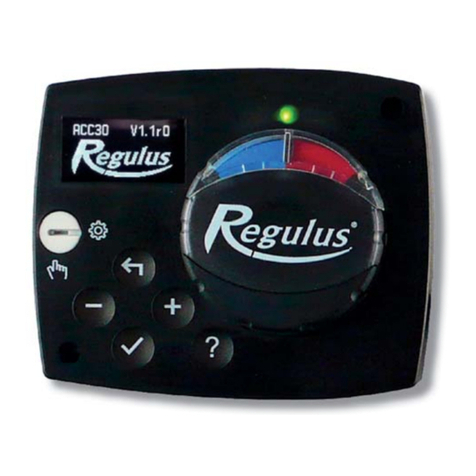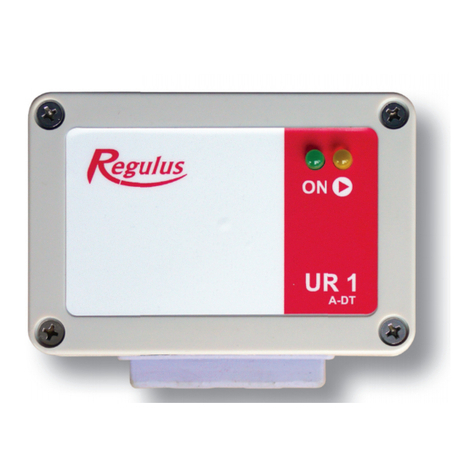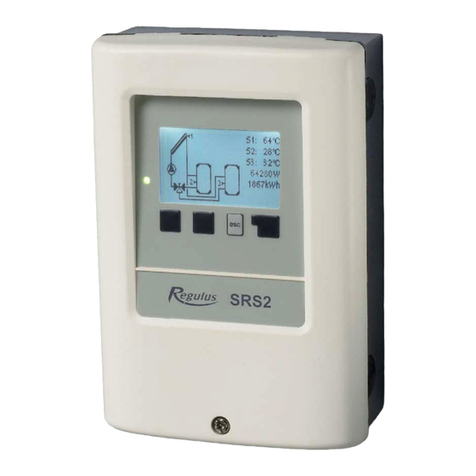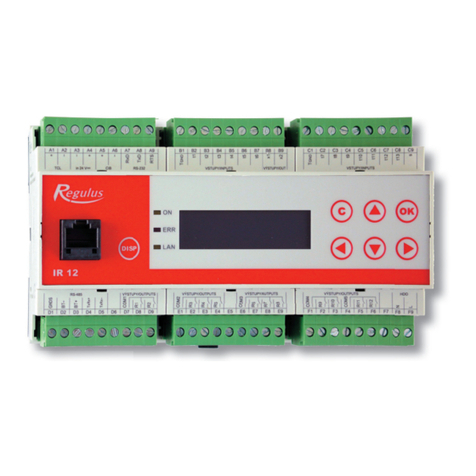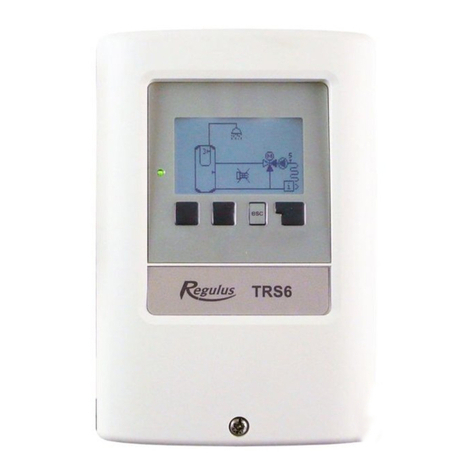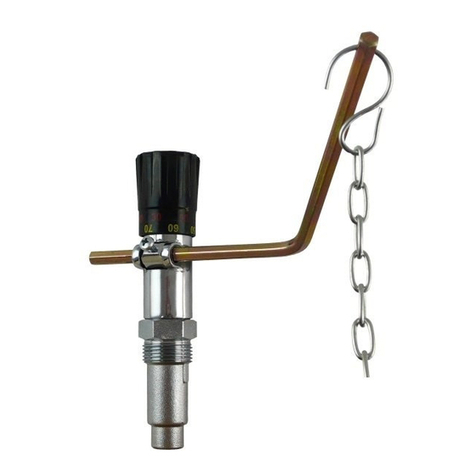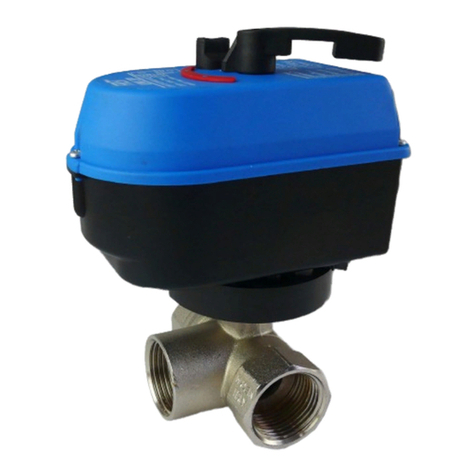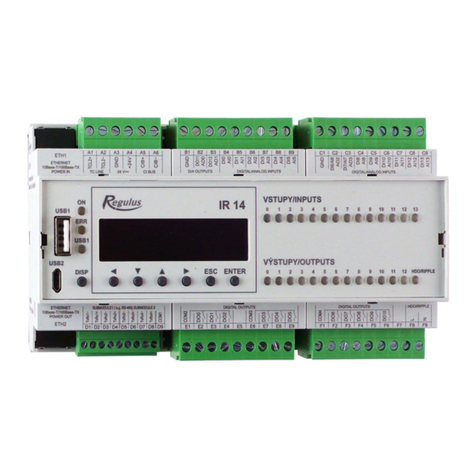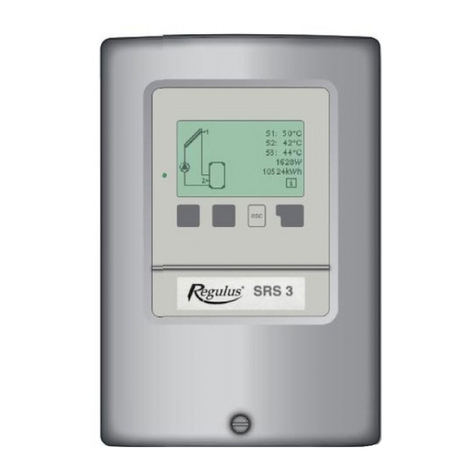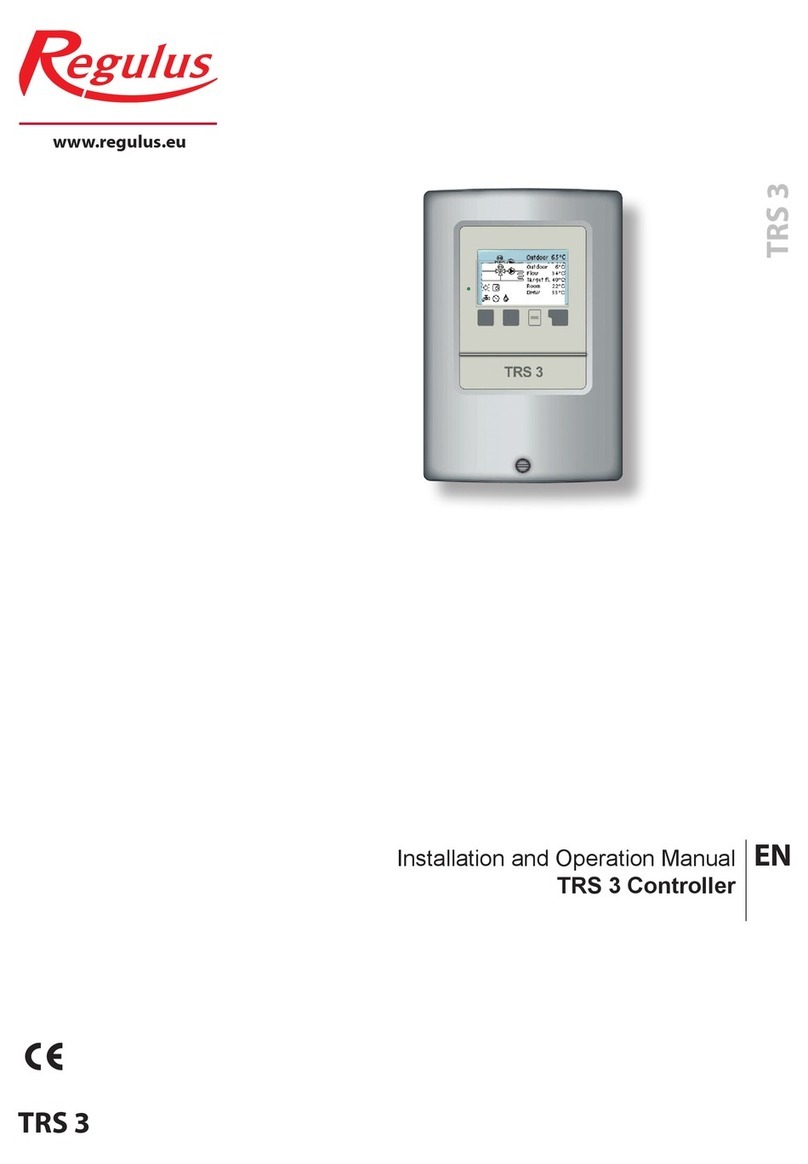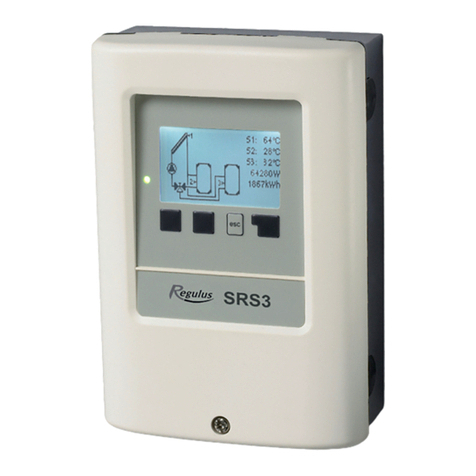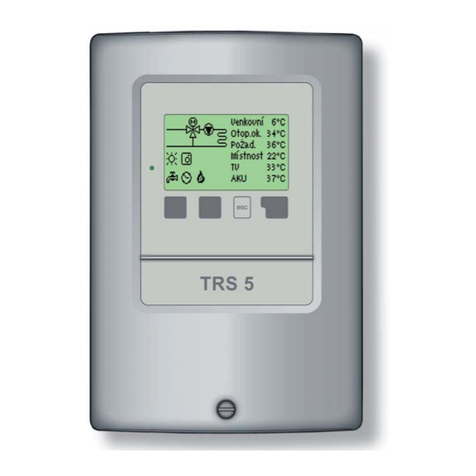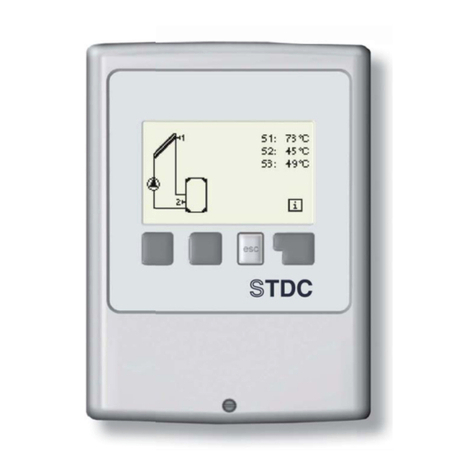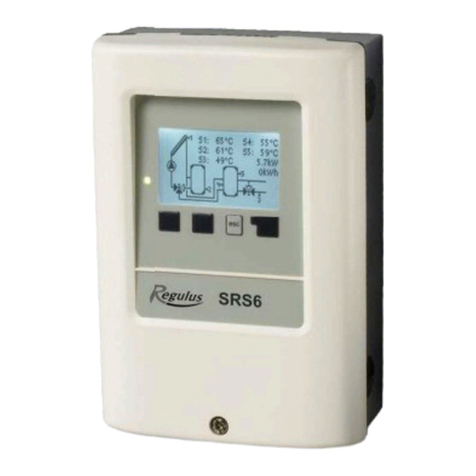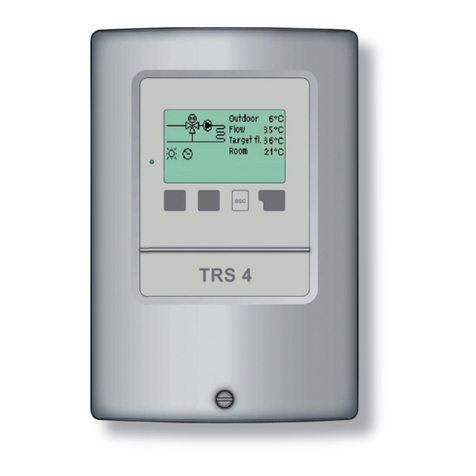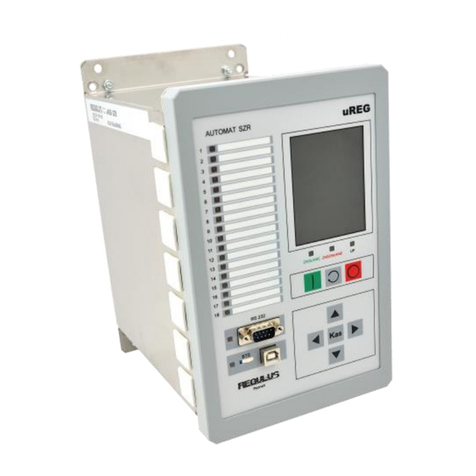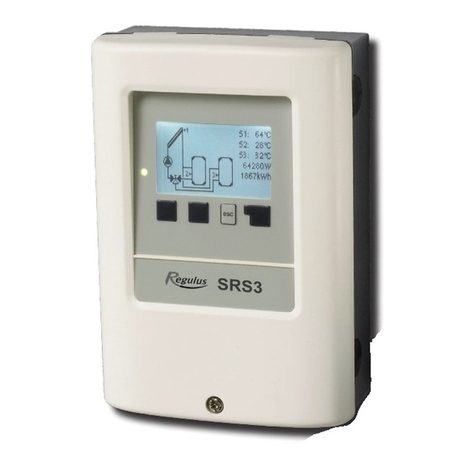
3 │
1.1. Instructions for mounting and connecting the unit to the CIB bus
• Before opening the box, set the knob to the middle position (see picture above) and pull it out
carefully. This will expose the screw that secures the box cover.
• The CIB spring terminal block is intended for the connection of a rigid conductor. It is therefore
necessary to crimp a suitable sleeve on the stranded wire. The terminal is released by pushing
the tab. Both terminals are doubled for easier bus connection.
• The CIB bus allows any installation topology (line, star, branch), but it must not be connected in
a circle!
• The number of modules on the CIB bus is limited by the maximum permitted bus current. For
larger installations, it is necessary to verify the voltage drops by calculation.
• Two-wire cables are used to install the CIB bus. We recommend using a cable with a twisted
shielded pair and a core diameter of preferably 0.8 mm, eg J-Y(St)Y 1x2x0.8.
• The CIB bus is designed for a voltage of 24/27 V DC. Internal circuits are not galvanically
isolated!
• Observe the correct polarity when connecting the bus.
• It is recommended to avoid running the bus alongside power supply cables.
• The CIB bus must always be designed and carried out to meet the conditions for SELV or PELV.
• The CIB bus cable must not have an incorrectly connected shield. The following principles apply
to the connection of shields:
o shielding of external and internal switchboard cables shall be connected to the grounded
frame of the switchboard on one side of the cable
o in the case of metal switchboards, the shielding of the external cables shall be connected
at the switchboard entry with the earthed switchboard casing
o in the case of plastic switchboards, the shielding of the external cables shall be connected
with a grounded mounting plate as close as possible to the switchboard entry
o the shield shall be connected with its largest possible area directly to the grounded
surfaces of the switchboard; when terminals are used, the untwisted and twisted shield
shall always be connected directly
o the shield shall not be connected through additional wires
1.2. Instructions for location and operation of the room unit
• The RC 25 unit is intended for indoor use only.
• Do not place the unit in rooms where it will be exposed to excessive moisture or rain.
• A suitable location is on a wall approximately 1.5 m above the floor, in a place where changes in
the overall room temperature can be registered thanks to freely circulating air.
• Do not place the unit above heat sources (TV set, heater, refrigerator, etc.), or in places where
it will be exposed to direct sunlight, drafts, or heat from other devices.
• Be careful when connecting the power supply.
• Storage and operation is only permitted in clean rooms free of conductive dust, aggressive
gases and vapors.
The manufacturer disclaims any liability for damage caused by incorrect installation or use of the
device contrary to the instructions.
